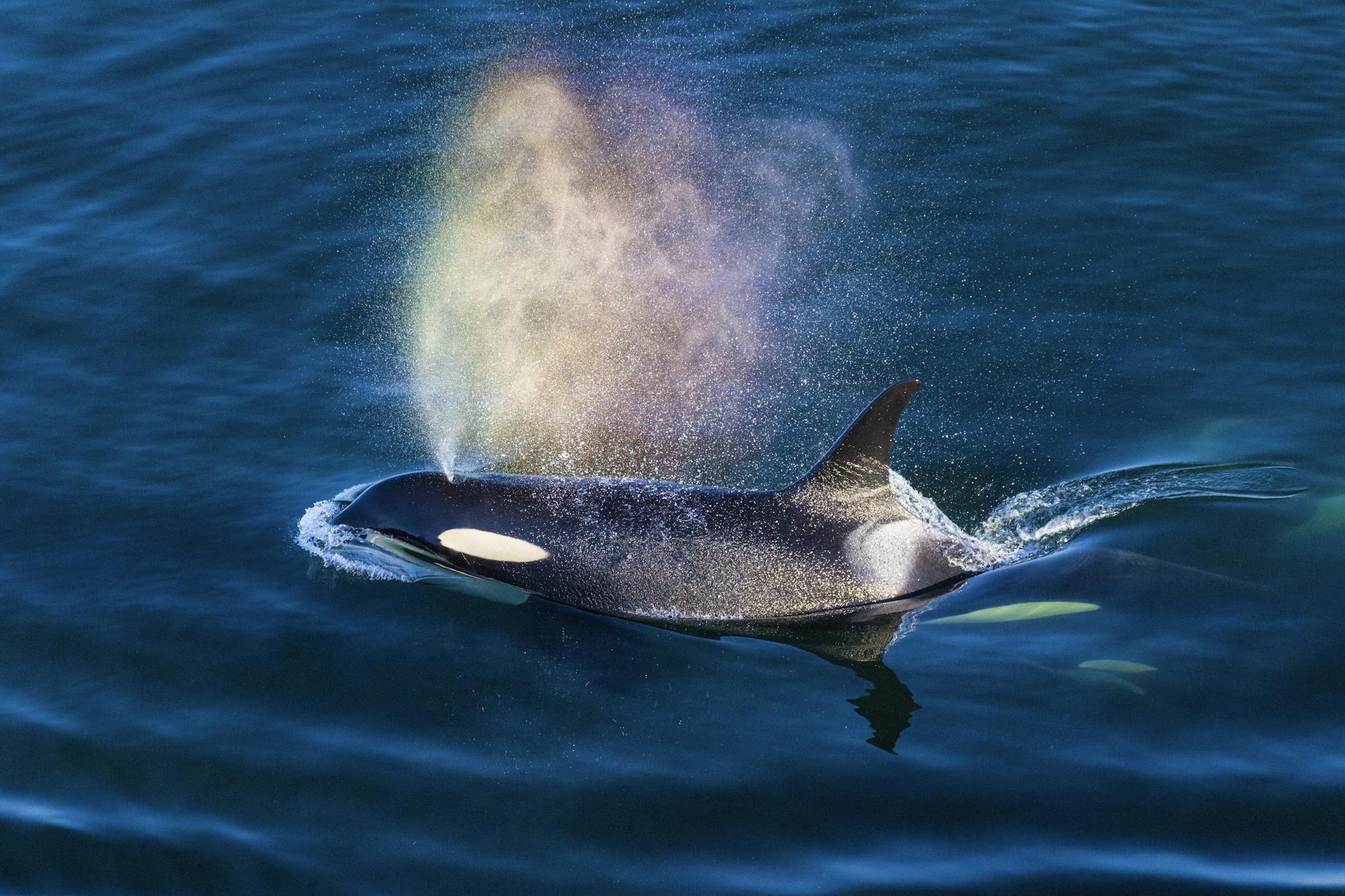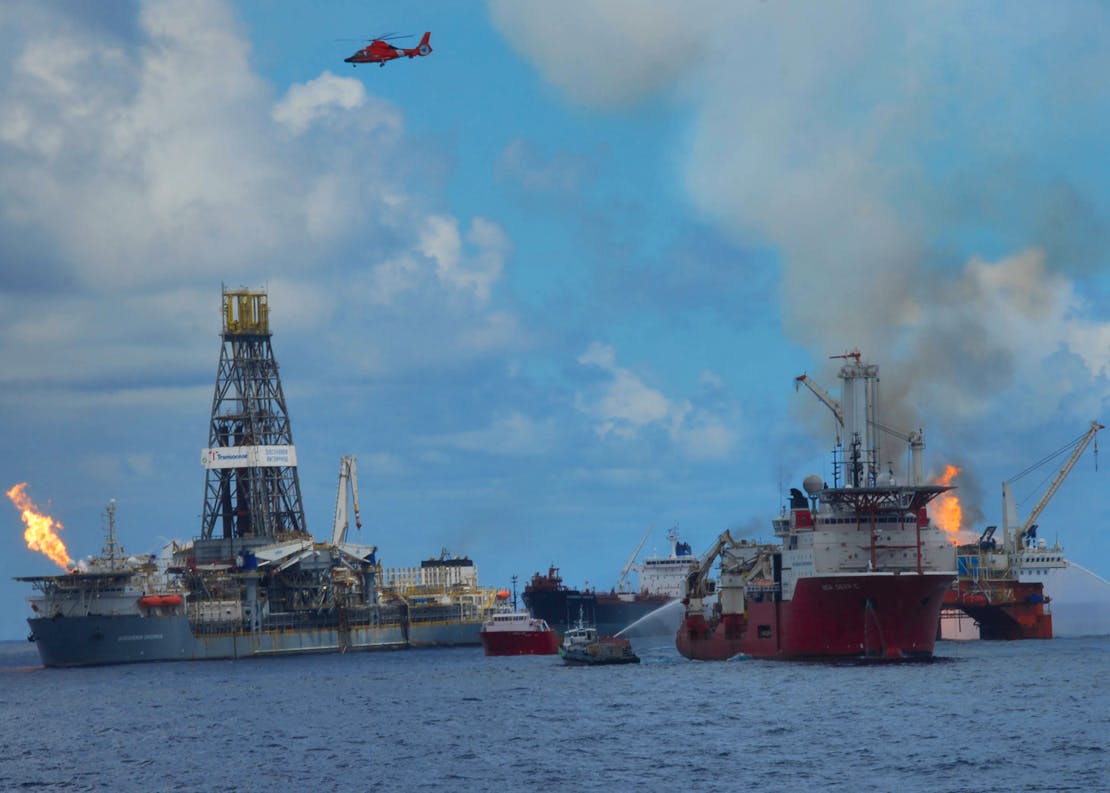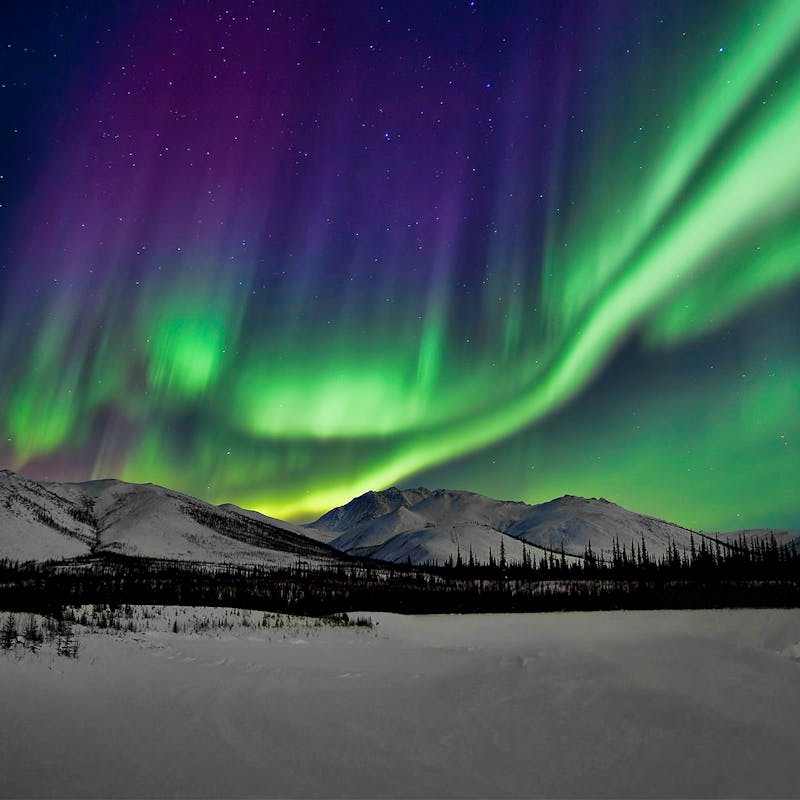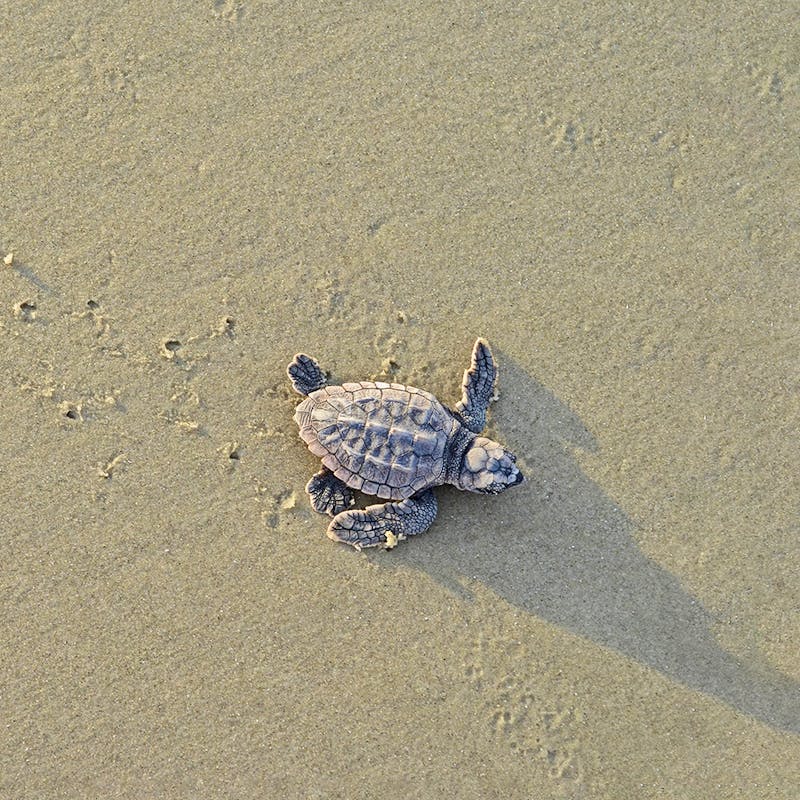As President Biden prepared to leave office in early 2025, he took sweeping, historic action to permanently protect more than 625 million acres of United States ocean waters — and the wildlife living there — from the threat of offshore drilling. Now the target of a Trump administration executive order to reverse course, coastal protections will be fought out in the courts, Congress and through engagement with the American public. At stake are protections for the East and West coasts, the eastern Gulf of Mexico and the Bering Sea and Arctic Ocean in Alaska. Wildlife is caught in the balance. Here are the key species Defenders of Wildlife is eyeing whose futures could be in question.
Pacific Coast – Pacific Leatherback Sea Turtle
The leatherback is the largest sea turtle in the world; an adult can grow up to six feet long and weigh up to 1,000 pounds. Named for their tough skin, leatherbacks are the only species of sea turtle lacking a hard shell and have existed in their current form since the age of the dinosaurs. Some of these remarkable animals swim over 10,000 miles annually, such as the Western Pacific leatherbacks, who undertake a nearly 7,000-mile migration across the Pacific Ocean. They rival some of the best divers in the animal kingdom, with a deepest recorded dive approaching 4,000 feet.
Pacific leatherbacks are listed as endangered under the Endangered Species Act, and the Western Pacific leatherback population is estimated to have declined by more than 80% over the last few decades. In 2012, critical habitat was designated off California, Oregon and Washington, in key foraging sites for the species. Human impact is the biggest threat to these species, including being caught as accidental bycatch in fishing nets and oil spills. Meanwhile, President Trump has called the West Coast one of his key targets for expanded drilling.
Alaska – Steller Sea Lions
The largest member of the “eared seals” family, Steller (or Northern) sea lions share parts of their range with the smaller California sea lion. Appropriately, the Steller sea lion is known for its roar-like noises. The species’ western population segment, including those found in the Bering Sea, is endangered, with a population decrease of about 80% between the 1970s and the 2000s. Steller sea lions use their long whiskers to sense prey and to help feel their way beneath the surface of the water. They feed on over 100 species of fish as well as squid and octopus and have been documented diving up to 1,400 feet.
Steller sea lion habitat ranges from the coast along northern Japan to waters off Alaska, extending down to the California coast. Those found in the Bering Sea would be directly protected by the Biden administration’s protections of Alaskan waters.
Pacific Northwest – Southern Resident killer whale
Southern Resident killer whales are the most critically endangered orcas in the world and are currently protected under the Marine Mammal Protection Act, the Endangered Species Act, as well as Washington’s state Endangered Species Act. Tragically, however, their population continues to decline, with only 72 animals counted in a 2020 tally. These highly social mammals travel in pods of 20 or more, and often hunt in groups, making their family support systems critical to their survival. Despite the “whale” name, they are actually the largest members of the dolphin family. Like other dolphins, they use clicks, whistles and calls to communicate and navigate underwater.
While orcas are found in oceans in around the world, Southern Residents can be found in the spring, summer and fall in the coastal and inland waterways of Washington state and in waters between the U.S. and Canada. In the winter, their range stretches from central California to southeastern Alaska, putting them at risk from oil spills and noise pollution related to offshore oil and gas exploration and development.
Atlantic Coast – North Atlantic right whale
With approximately 370 remaining on the planet, the North Atlantic right whale is one of the most critically endangered great whale species in the world. These baleen whales eat tiny crustaceans by straining ocean water through their sieve-like baleen teeth. Their stocky bodies feature white patches of rough skin, called callosities, which are used to identify individual whales. They’ve been observed using low-frequency sounds to communicate with one another, signaling the importance of an ocean free of noise pollution.
North Atlantic right whale habitat extends from Florida to Canada and would be directly impacted by drilling off the eastern seaboard. The species is threatened most by fishing gear entanglements and vessel strikes, but oil spills and seismic blasting from offshore exploration loom large with additional risks. While the whale’s southern range — from Florida to North Carolina — is temporarily protected from offshore drilling until 2032, everything north of that — where the whales feed, breed and migrate — is open to dirty and dangerous drilling.
Can’t Spill if you Don’t Drill
Thousands of species, including many endangered and threatened, hang in the balance off our shores. The current battle over expanded drilling comes on the eve of the 15th anniversary of the Deepwater Horizon explosion and subsequent spill in 2010, which left a catastrophic impact on marine ecosystems and wildlife, killing tens of thousands of sea turtles and as much as 22% of the entire population of Rice’s whale — the only baleen whale residing year-round in the Gulf of Mexico and one of the most critically endangered whale species in the world.
From one coast to another, diverse wildlife and their ecosystems need protection for future generations to recover and thrive. In the fight to protect our waters from offshore drilling, we cannot forget the wildlife who live there.
From the Blog

















Follow Defenders of Wildlife
facebook bluesky twitter instagram youtube tiktok threads linkedin